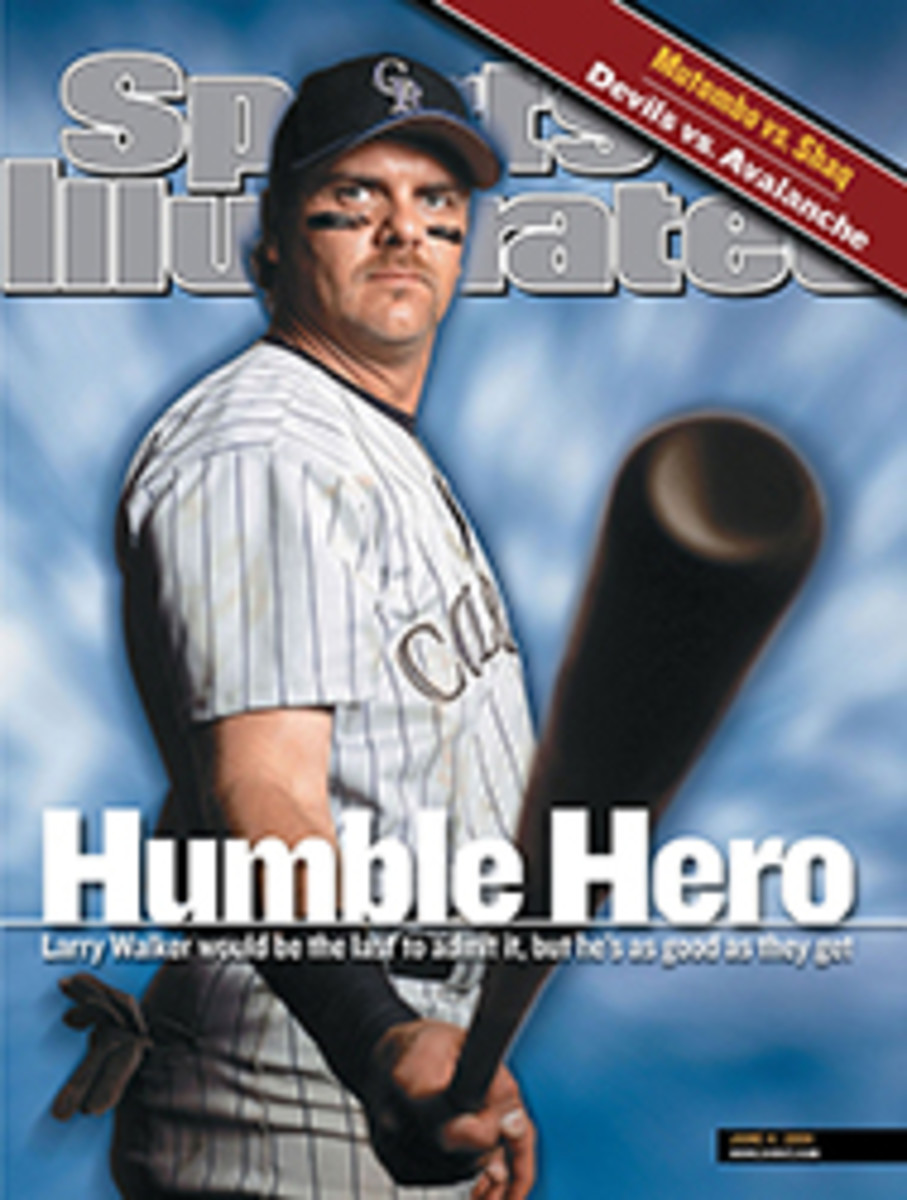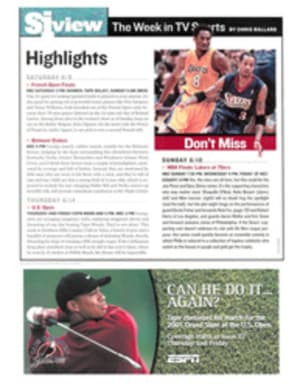
Baseball and golf: New York Politics, Boston's last hurrah and Gentle Ben
THE DIAMOND IN THE BRONX: Yankee Stadium and the Politics of New
York
by Neil J. Sullivan / Oxford University Press, $30
The House that Ruth built is the focal point of this wide-ranging
exploration into the avarice and folly of what Sullivan calls
"the stadium game." Irony abounds. For example, Yankee Stadium
was built in the middle of Prohibition by a man who made a
fortune selling beer. Jacob Ruppert may have benefited from
having political friends at Tammany Hall, but the ballpark,
privately financed, was his, not the city's. Fifty years later,
in 1973, the city assumed ownership of Yankee Stadium before
rebuilding it for $100 million in public money at a time when New
York City was on the brink of bankruptcy. Now, a quarter century
later, the city is being pressed by the Yankees' principal owner
to build a new stadium at public expense.
That's the stadium game as it has been played across the country
for 50 years. The moment municipalities indicated their
willingness to spend taxpayers' money for new stadiums, the
owners of sports franchises had the whip hand. Build us a place
to play, they say, or we'll take our game elsewhere. Moving to
another town, writes Sullivan, has become "a feasible option and
a credible threat."
But is this any way to run a city? That question is posed by the
author, a professor of public affairs at Baruch College, of the
City University of New York. "At their worst," Sullivan writes,
"publicly financed stadiums represent a luxury for the
privileged, paid for largely by the middle class, in communities
that often neglect the essential needs of the helpless."
Oh, how those other sports magnates must detest San Francisco
Giants owner Pete Magowan, who with a little help from his
friends privately financed construction of his team's beautiful
new Pacific Bell Park, just as Jake Ruppert had done almost 80
years earlier.
1918--BABE RUTH AND THE WORLD CHAMPION RED SOX
by Allan Wood / Writers Club Press, $20.95
Was Boston's last victorious World Series--way back in 1918--fixed?
That possibility is suggested in the last chapter of this history
of the long-ago encounter between the two classic also-rans of
the modern game, the Red Sox and the Chicago Cubs. Gambling was
rampant then, and as we now know, the next World Series was
definitely in the tank.
Wood, a sportswriter and music critic, only speculates about a
crooked '18 Series. The rest of his book provides an entertaining
and exhaustive account of a tumultuous season that was threatened
and then shortened by the exigencies of World War I. This was
also the year that Babe Ruth made what would soon become a
permanent move from the mound to the outfield. Although later, as
a Yankee, he was strictly a slugger, in 1918 Ruth demonstrated
his astonishing versatility by pitching and powering Boston to
its last world championship.
By then, Red Sox fans were notoriously jaded, what with five
Series titles in 15 years and no end to the victory parade in
sight. If only they had known.
A FEEL FOR THE GAME
by Ben Crenshaw with Melanie Hauser / Doubleday, $24.95
Golf is lucky to have Crenshaw involved with the sport. He's been
a fine player, the winner of 19 PGA Tour events, including two
Masters. He's a course architect of some distinction. He was the
captain of a 1999 Ryder Cup team that executed the most amazing
comeback in the history of that event. Above all, though, he has
a reverence for the game's history and tradition that among
modern athletes is virtually nonexistent.
There are baseball players today who don't know Cap Anson from
Jennifer Aniston, and linebackers who believe that anyone named
Jay Berwanger must be the lead in a pornographic movie, but
Crenshaw can probably reel off Old Tom Morris's round-by-round
scores at the 1861 British Open. Such erudition adds dimension to
his memoir, which in its sometimes rambling course offers loving
portraits of such past masters as Bobby Jones, Ben Hogan and
Byron Nelson. Crenshaw feels the ghostly hand of his departed
mentor, Harvey Penick, on his shoulder when he wins the 1995
Masters. His team's 1999 Ryder Cup win--after trailing by four
points entering the final day of competition--had special meaning
for him because it was at the Country Club in Brookline, Mass.,
where young amateur Francis Ouimet kick-started the game in this
country by defeating British champions Harry Vardon and Ted Ray
in a playoff at the 1913 U.S. Open.
At times, though, the writing gets cloyingly Penrodish,
particularly in the chapters on Crenshaw's idyllic Texas boyhood.
His otherwise keen sense of history may well have betrayed him
when, before that 11th-hour Ryder Cup comeback, he brought in, of
all the available orators, golfing buddy George W. Bush to
deliver a Gipper-like pep talk to his besieged players. Finally,
he has Bush, who was governor of Texas at the time, read to the
team Col. William Barrett Travis's last words--"I shall never
surrender or retreat"--from the Alamo.
Didn't Crenshaw know how that match turned out?
COLOR PHOTO: OXFORD UNIVERSITY PRESS
COLOR PHOTO: WRITERS CLUB PRESS
COLOR PHOTO: DOUBLEDAY

